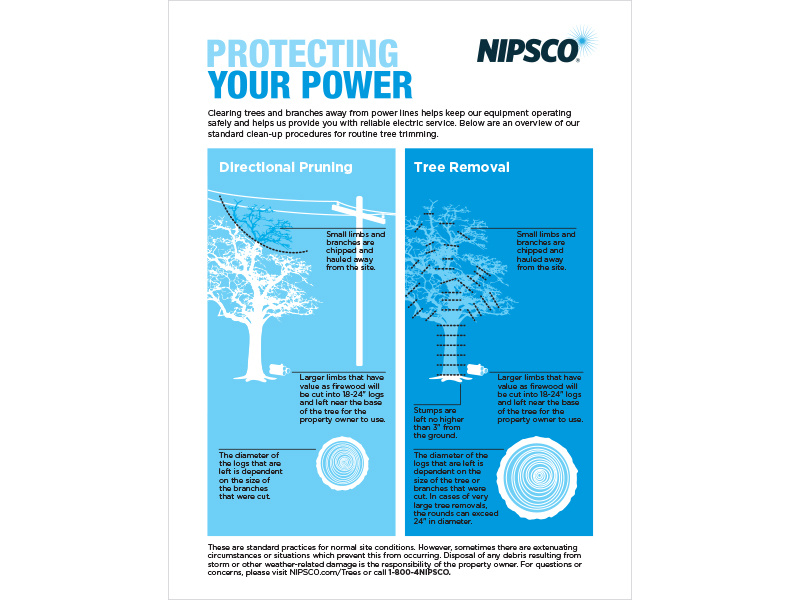The Effects Of Removing Trees On The Environment: What You Need To Understand
The Effects Of Removing Trees On The Environment: What You Need To Understand
Blog Article
Post By-Costello Lyon
When it involves the ecological impact of tree elimination, there are crucial aspects that demand your interest. From the intricate web of partnerships within ecosystems to the subsequent effects on climate patterns, the consequences are extensive. You may be amazed to discover the elaborate ways in which the removal of trees can reverberate throughout the atmosphere. Stay tuned to unwind the detailed connections and effects of this seemingly simple act.
Deforestation and Habitat Loss
Logging and habitat loss are vital problems originating from tree removal. When trees are cut down, it disrupts entire ecosystems. Not only are the trees themselves shed, but the homes and food resources of numerous plant and animal varieties are damaged too. Birds shed their nesting websites, animals lose their sanctuary, and bugs lose their habitats. The effects surge with the food web, affecting predators and prey alike.
Moreover, deforestation adds to environment modification. Trees play a vital function in soaking up carbon dioxide, a greenhouse gas that traps warmth in the atmosphere. With please click the next website page , there's much less carbon dioxide absorption, leading to raised levels of this gas in the ambience and worsening worldwide warming.
Precisiontimberfelling
Environment loss is a direct result of logging, as the damage of forests means the loss of unique and varied environments. Many species are unable to adjust to quick changes in their environment, leading to population declines and, in some cases, extinction.
Protecting woodlands is vital to maintaining the delicate equilibrium of nature and making sure the survival of numerous plant and animal varieties.
Effect on Biodiversity
The removal of trees has a substantial effect on biodiversity, impacting the variety and abundance of plant and animal types in a location. Trees give habitat and food resources for various organisms, from insects to birds to creatures. When trees are gotten rid of, these types lose their homes and resources of nourishment, bring about a decline in their populations. This disruption can have cascading results on the entire ecosystem.
Additionally, trees play an important role in maintaining biodiversity by creating microhabitats within their covers, trunks, and origins that sustain a large range of types. When trees are lowered, these specialized settings are ruined, reducing the overall variety of the location.
Furthermore, the removal of trees can result in a decline in genetic variety within plant populations, as certain tree types may no longer be able to recreate or disperse efficiently. Shielding trees and forests is vital for preserving biodiversity and making certain the health of communities for future generations.
Soil Erosion and Climate Modification
With trees being gotten rid of from an area, the disruption of dirt structure and stability happens, resulting in raised soil erosion. Trees play a critical function in avoiding disintegration by holding dirt in position with their root systems. When trees are gotten rid of, particularly in large numbers, the soil becomes a lot more vulnerable to erosion from wind and water. This disintegration not just impacts the immediate environments yet can additionally result in sedimentation in neighboring water bodies, affecting water high quality and water environments.
Additionally, trees help control the climate by soaking up co2 throughout photosynthesis. When trees are cut down, this natural carbon sink is decreased, adding to raised degrees of greenhouse gases in the atmosphere. This can aggravate environment change, bring about even more extreme weather occasions and interruptions in ecosystems worldwide.
For that reason, the removal of trees not only increases dirt disintegration yet likewise contributes in the larger environmental issue of environment modification. It's important to consider these variables when evaluating the effects of tree elimination on the setting.
Conclusion
Now that you know the environmental impact of tree elimination, consider the consequences prior to lowering trees. Deforestation disrupts communities, lowers biodiversity, and contributes to dirt disintegration and climate modification. By being mindful of the impact of tree removal, you can assist protect our atmosphere and protect the delicate equilibrium of nature. Make informed selections and consider alternative options to decrease the adverse effects on our earth.
